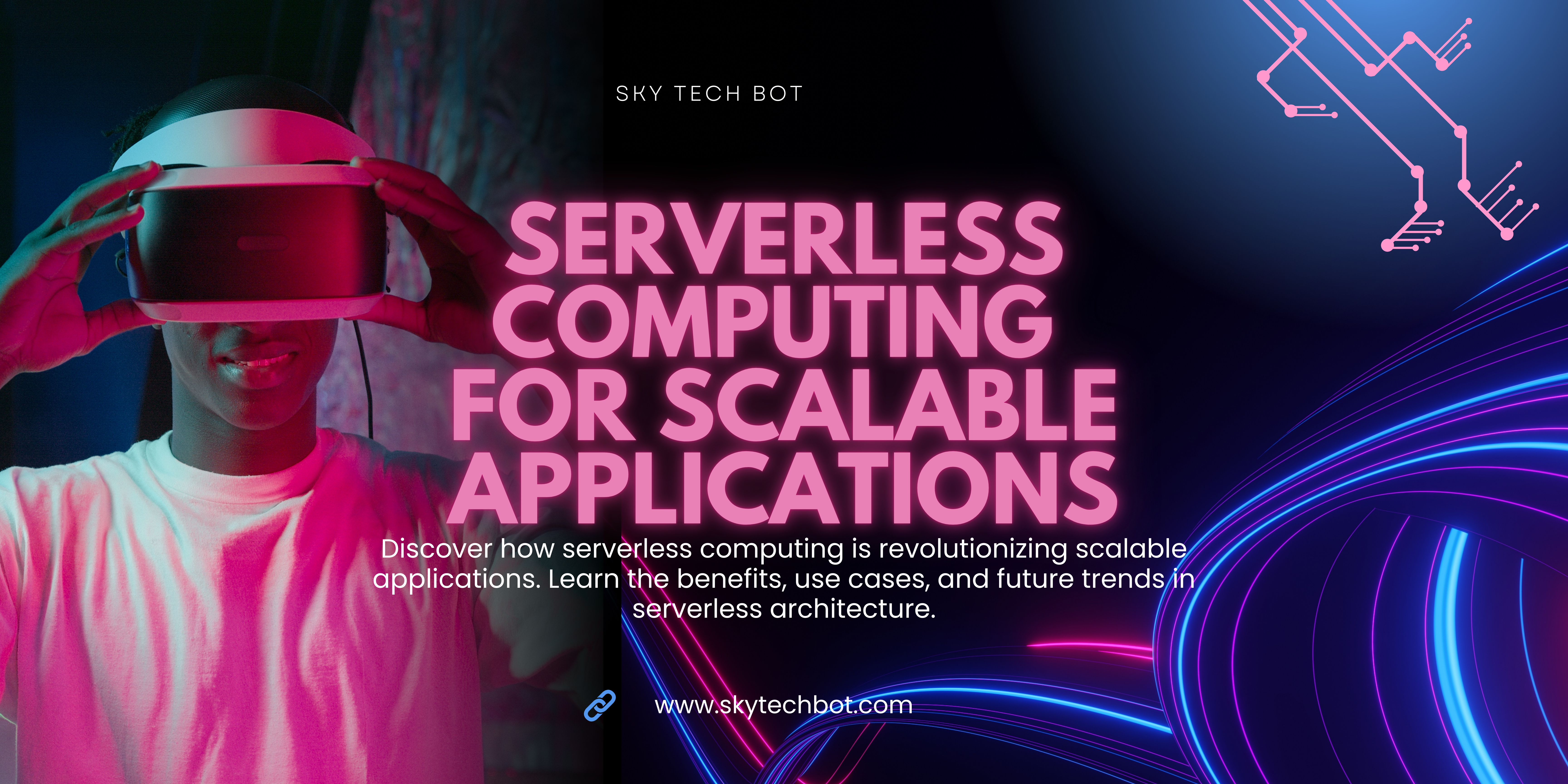Serverless computing is transforming the way applications are built, deployed, and scaled. As businesses seek cost-effective and efficient solutions, serverless architecture emerges as a game-changer. But is it truly the future of scalable applications?
What is Serverless Computing?
Serverless computing is a cloud-native development model where developers focus on writing code without worrying about infrastructure management. Cloud providers like AWS Lambda, Google Cloud Functions, and Azure Functions handle server provisioning, scaling, and maintenance.
- No Server Management: The cloud provider automatically allocates resources.
- Auto-Scaling: The application scales up or down based on demand.
- Pay-As-You-Go: You only pay for actual compute usage.
How Does Serverless Computing Work?
Unlike traditional servers that run continuously, serverless functions are event-driven. When a request is made, the cloud provider executes the function and shuts it down when finished.
- Event-Driven Execution: Functions trigger based on events like HTTP requests or database updates.
- Stateless Functions: Each execution is independent, requiring external storage for persistence.
- Cloud-Based: Applications run on services like AWS Lambda, Firebase Functions, and Azure Functions.
Benefits of Serverless Computing
Serverless computing offers several advantages over traditional cloud hosting models.
Cost Efficiency
You only pay for what you use, eliminating costs for idle server time.
Scalability
Serverless applications automatically scale with demand, ensuring smooth performance.
Faster Development
Developers can focus on coding rather than infrastructure, reducing development time.
High Availability
Cloud providers manage redundancy, ensuring uptime and reliability.
Use Cases of Serverless Computing
Serverless architecture is ideal for various applications across industries.
- Web & Mobile Backends: Serverless APIs power applications without dedicated servers.
- Data Processing: Functions handle batch processing, image resizing, and ETL tasks.
- Chatbots & AI Integration: Serverless platforms efficiently handle AI-based applications.
- IoT Applications: Serverless computing supports event-driven IoT services.
Challenges of Serverless Computing
Despite its advantages, serverless computing has some limitations.
- Cold Start Issues: Functions take time to initialize, affecting response time.
- Limited Execution Time: Some providers impose execution time limits.
- Vendor Lock-In: Migrating between cloud providers can be complex.
Future of Serverless Computing
As technology evolves, serverless computing is expected to become more efficient. Advancements in edge computing, AI-driven automation, and hybrid cloud models will shape its future.
Ready to Scale Your Application with Serverless?
Want to build a highly scalable, cost-efficient serverless application? Contact us today and let’s bring your idea to life!
Frequently Asked Questions (FAQs)
1. Is serverless computing suitable for large-scale applications?
Yes, serverless computing is designed to handle scalable workloads efficiently.
2. What are the best serverless platforms?
Popular serverless platforms include AWS Lambda, Google Cloud Functions, and Microsoft Azure Functions.
3. What is the difference between serverless and traditional cloud computing?
Serverless computing eliminates the need for managing servers, whereas traditional cloud computing still requires infrastructure management.
4. Can serverless applications handle complex workloads?
Yes, but complex workloads may require careful function orchestration and state management.
Looking for expert serverless solutions? Let’s discuss your project today!


